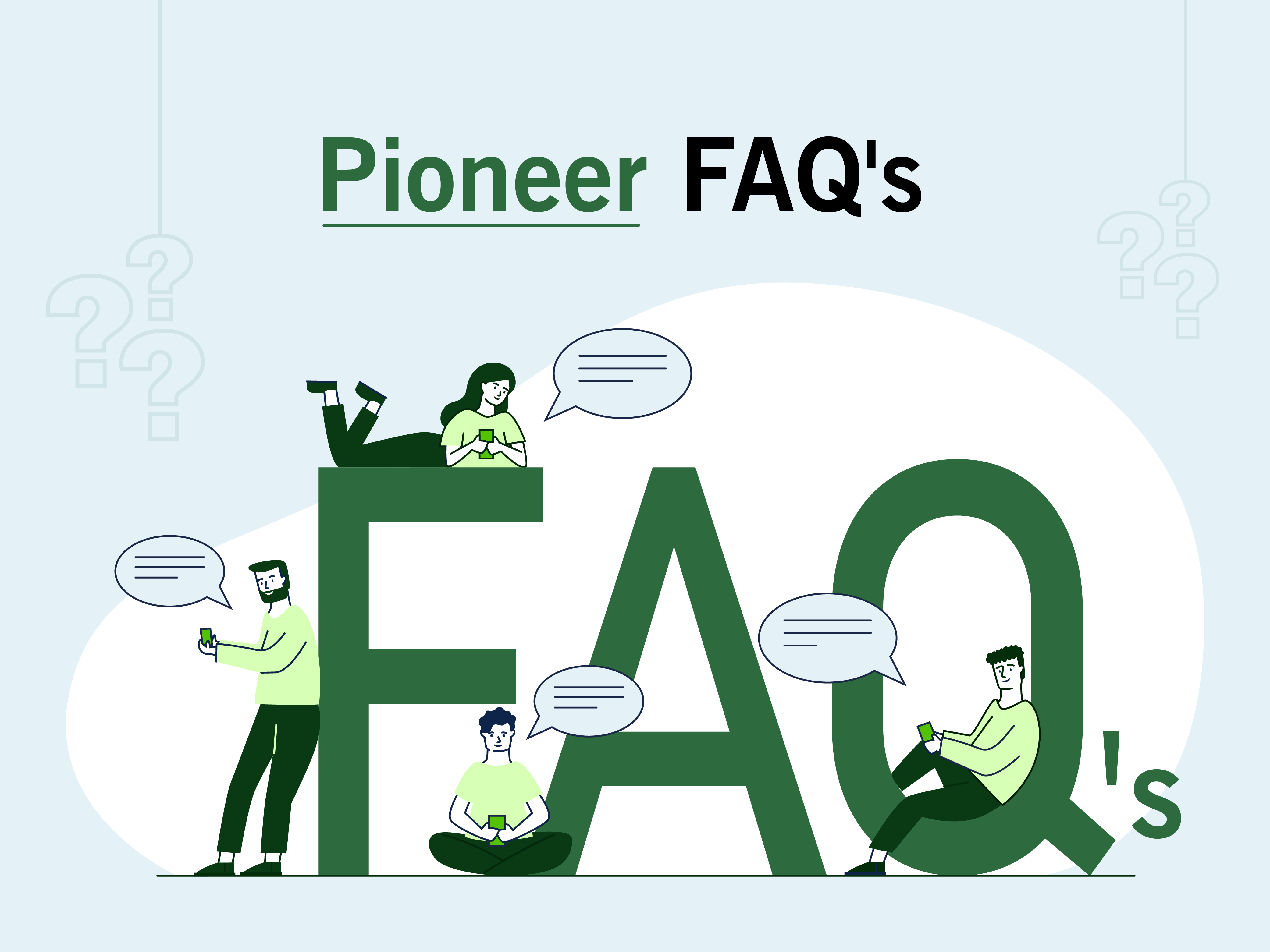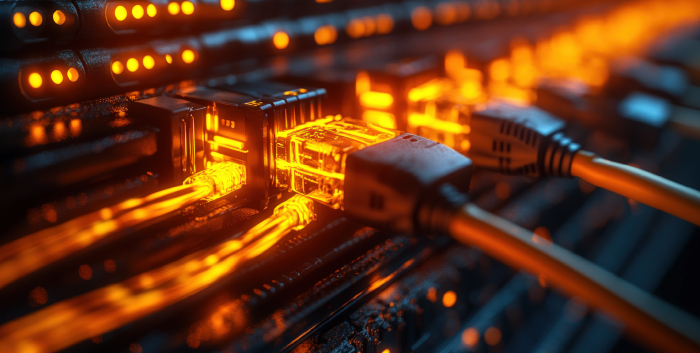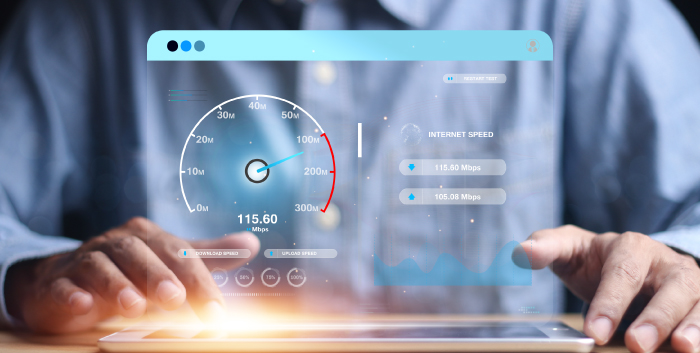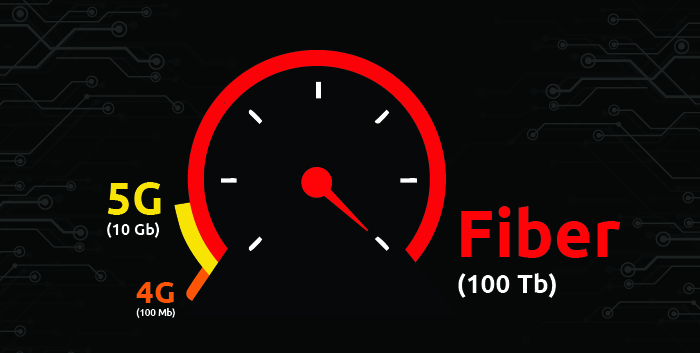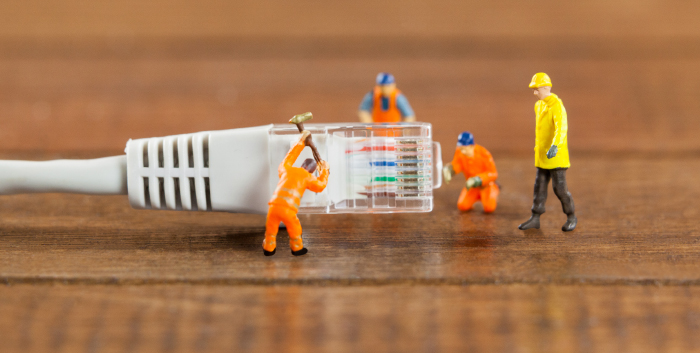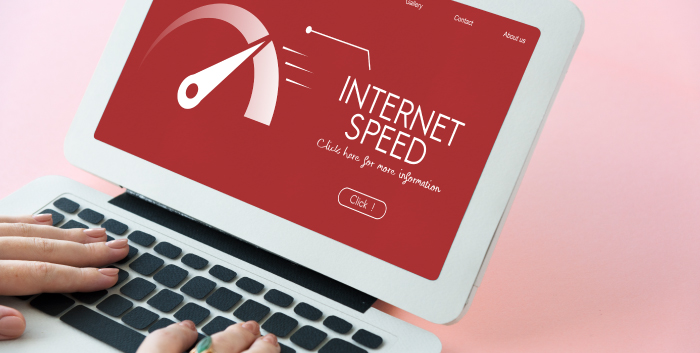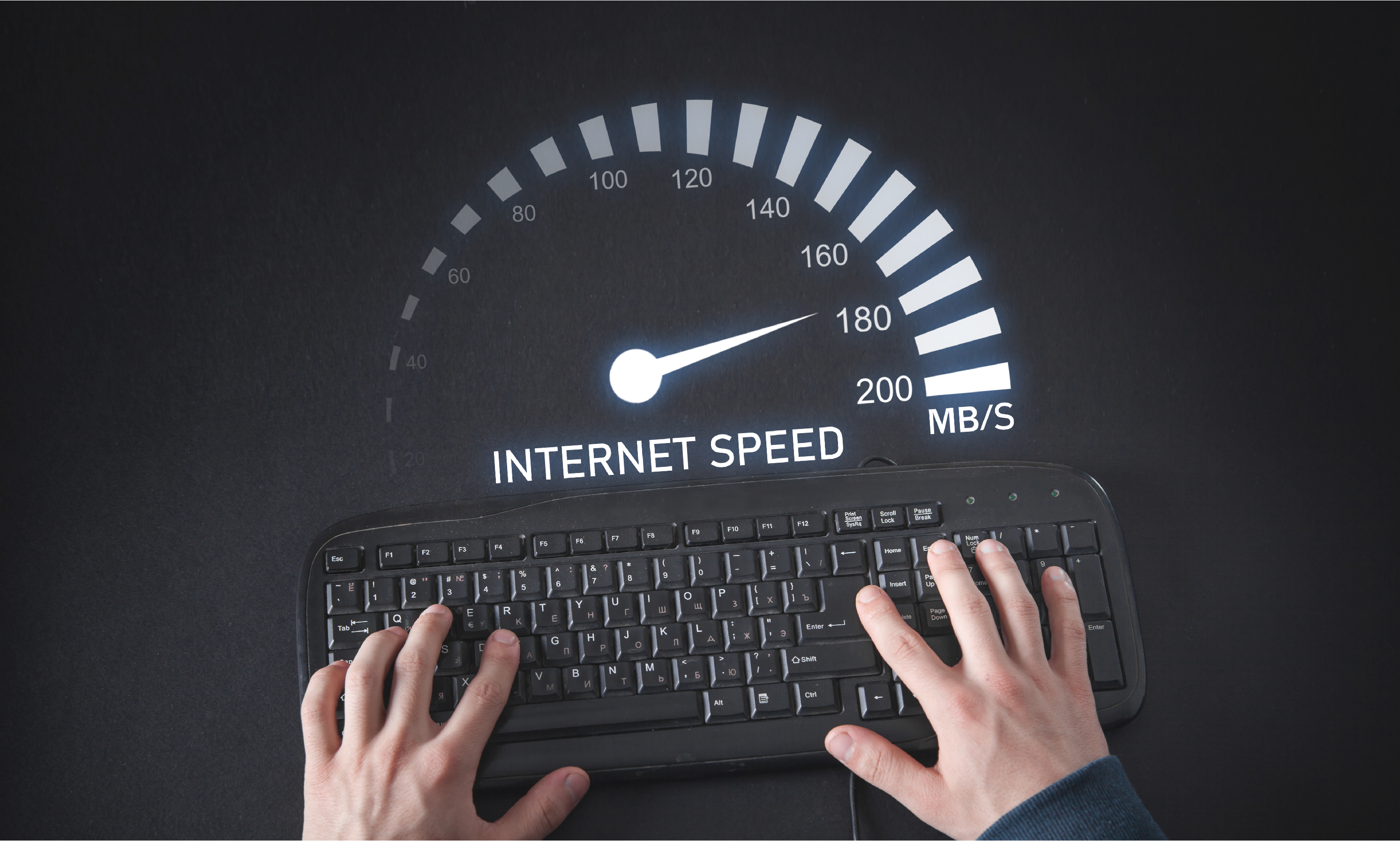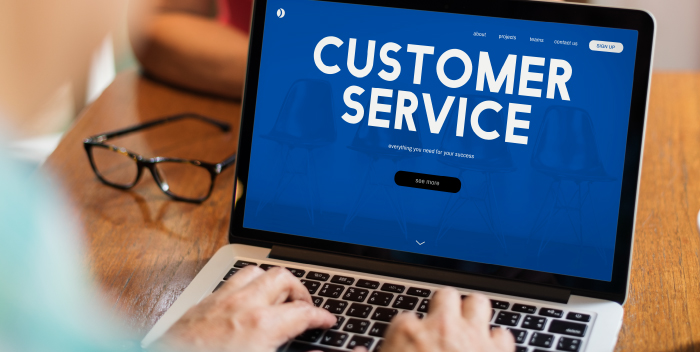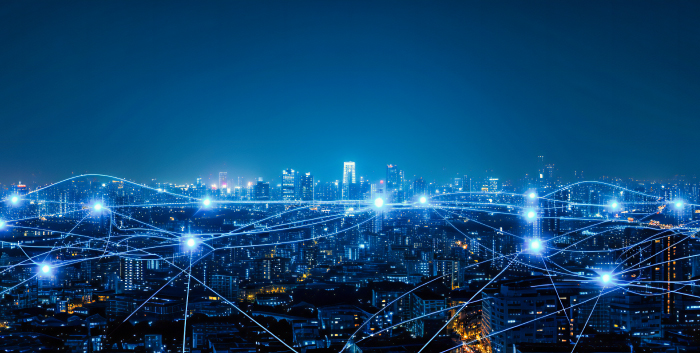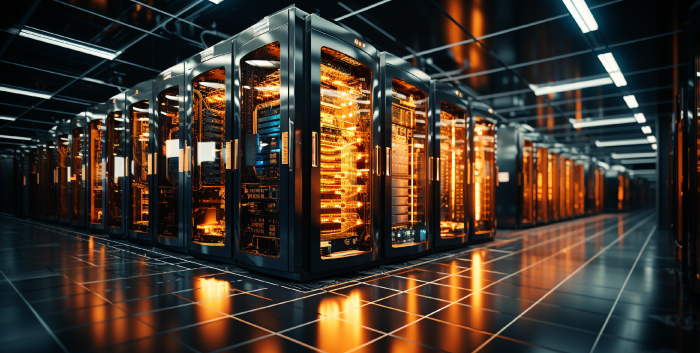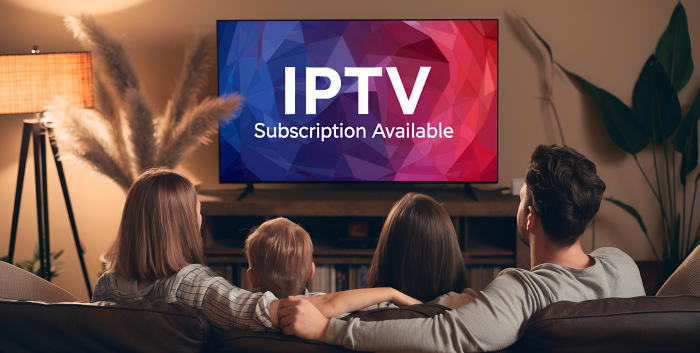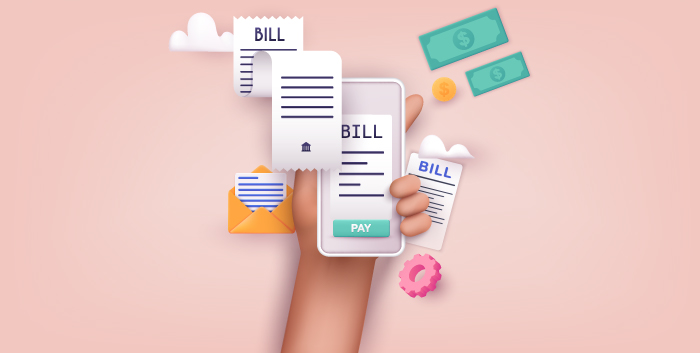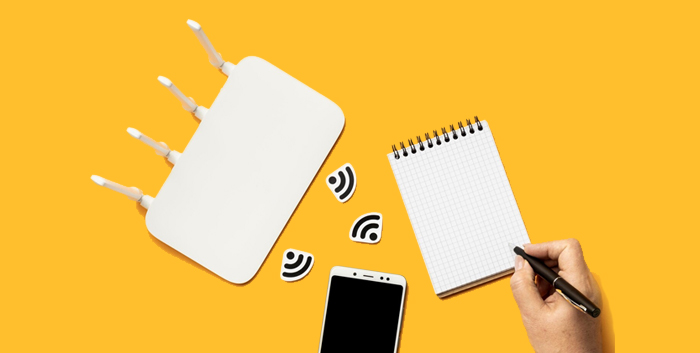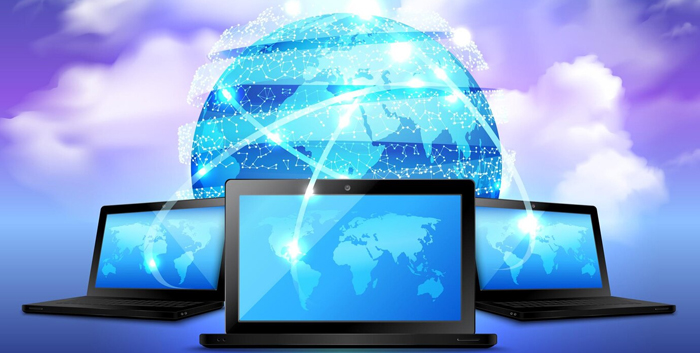Introduction
Have you ever tried to find a seat in a packed stadium where almost every spot is taken? That's essentially what's happening to the internet right now. The digital seats—or addresses—that allow our devices to connect online are running out fast. And just like you can't add more people to a stadium without creating more seats, we can't add more devices to the internet without creating more addresses.
The Internet's Growing Pains: We're Running Out of Room!
Remember the early internet days when only computers connected online? Those days are long gone! Now your phone, watch, doorbell, refrigerator, and even your light bulbs want a piece of the internet action. With forecasts showing a mind-boggling 75.4 billion connected devices worldwide by 2025, we're facing what tech experts call an "address crisis."
Why? Because the system we've been using since the internet's early days—Internet Protocol version 4 (IPv4)—only has space for about 4.3 billion unique addresses. That seemed like plenty in the 1980s, but in today's hyper-connected world? Not even close.
It's like trying to assign a unique phone number to everyone on Earth using only a 7-digit system—eventually, you run out of possible combinations.
Here's the kicker: We technically ran out of new IPv4 addresses years ago! The Internet Assigned Numbers Authority (IANA) distributed the last blocks of IPv4 addresses back in 2011. Since then, we've been using workarounds and Band-Aid solutions that make the internet more complicated and less efficient.
Enter IPv6: The Internet's Superhero Solution
This is where IPv6 swoops in to save the day. Developed in the late 1990s when tech experts saw the address shortage coming, IPv6 isn't just a small upgrade—it's a complete reimagining of how devices identify themselves online.
Instead of IPv4's 32-bit addressing system, IPv6 uses 128-bit addresses. That's a lot of technical jargon, so let me break it down in a way that makes more sense: IPv4 allows for about 4.3 billion addresses, while IPv6 creates space for 340 undecillion addresses.
What's an undecillion? It's 1 followed by 36 zeros! To put that in perspective:
- IPv6 provides approximately 340,282,366,920,938,463,463,374,607,431,768,211,456 possible addresses
- That's roughly 100 addresses for every atom on Earth's surface
- We could assign an IPv6 address to every grain of sand on the planet and still have plenty left over
When I first learned these numbers, I couldn't help but laugh. Talk about future-proofing! It's like solving a housing shortage by building enough homes for every person who could possibly be born in the next billion years.
Why Isn't Everyone Using IPv6 Yet?
If IPv6 is so amazing, why isn't everyone using it already? Good question! Despite being available for over 20 years, global IPv6 adoption currently sits around 41%. That's less than half the internet—meaning most of us are still using technology from the 1980s to power our ultra-modern digital lives.
The obstacles to adoption are pretty human ones:
- Change is hard – Upgrading infrastructure requires time, money, and expertise
- Compatibility concerns – Both systems need to run simultaneously during transition
- The "good enough" problem – Temporary workarounds like Network Address Translation (NAT) have delayed the urgency
- Knowledge gaps – Many IT professionals haven't received proper IPv6 training
It reminds me of how people kept using VHS tapes long after DVDs became available. The old technology still worked, so why rush to change? But unlike that example, sticking with IPv4 has real consequences for the internet's future.
How IPv6 Addresses Look (Warning: They're Different!)
One of the first things you'll notice about IPv6 is that the addresses look nothing like the IPv4 addresses you might be familiar with. Let's compare:
IPv4 address example: 192.168.1.1
IPv6 address example: 2001:0db8:85a3:0000:0000:8a2e:0370:7334
Whoa! That's a huge difference, right? IPv6 addresses use eight groups of four hexadecimal digits (0-9 and a-f), separated by colons. It looks intimidating at first glance, but there are shortcuts that make them easier to work with:
- You can omit leading zeros in each group (2001:db8:85a3:0:0:8a2e:370:7334)
- You can replace consecutive groups of zeros with a double colon, but only once in an address (2001:db8:85a3::8a2e:370:7334)
Think of it like how we shorten phone numbers sometimes. Instead of saying "Area code three-one-two, five-five-five, zero-one-two-three," we might say "three-one-two, five-five-five, zero-one-two-three" or even just "five-five-five, zero-one-two-three" if we're in the same area code.
5 Ways IPv6 Makes the Internet Better (Not Just Bigger)
IPv6 isn't just about having more addresses—it actually improves how the internet works in several important ways:
1. No More Address Sharing (Goodbye, NAT!)
Remember how I mentioned we've been using workarounds for the IPv4 shortage? The main one is Network Address Translation (NAT), which lets multiple devices share a single public IPv4 address. It's like having one mailbox for your entire apartment building, with the mail carrier having to sort through everything to figure out who gets what.
NAT works, but it creates problems:
- Adds complexity to networks
- Increases latency (that annoying delay when gaming or video chatting)
- Breaks certain applications that need direct connections
- Makes troubleshooting network issues much harder
With IPv6, every device gets its own public address. No sharing needed! This restores the original end-to-end principle that made the internet so powerful in the first place.
2. Built-In Security
When IPv4 was created, security wasn't a major concern—the internet was primarily used by universities and research institutions who trusted each other. IPv6, designed with modern threats in mind, includes IPsec (Internet Protocol Security) as a built-in feature rather than an add-on.
This means:
- Better authentication of connecting devices
- Stronger encryption options
- Protection against certain types of network attacks
It's like comparing a house built before home security was a concern versus a modern home designed with security in mind from the foundation up.
3. More Efficient Routing
The IPv6 header (the information that comes with each packet of data) is much simpler than its IPv4 counterpart. This streamlined design means routers—the devices that direct traffic around the internet—can process IPv6 packets more efficiently.
A 2023 study found that networks running native IPv6 experienced an average 10% reduction in latency compared to IPv4. That might not sound like much, but when you're gaming online or on a video call, every millisecond counts!
4. Plug-and-Play Configuration
Setting up new devices on an IPv6 network is significantly easier thanks to a feature called stateless autoconfiguration. Devices can generate their own IPv6 address and automatically configure themselves on the network without needing a configuration server.
This is especially helpful for Internet of Things (IoT) devices, making large-scale deployments much simpler.
5. Better Support for Mobile Devices
IPv6 was designed with mobility in mind, which is increasingly important in our smartphone-dominated world. It includes features that make it easier for devices to maintain connections while moving between different networks—something that was awkwardly retrofitted into IPv4.
Is My Network Ready for IPv6? Take This Quick Test
Wondering if you're already using IPv6? Here's a simple way to check:
- On your computer or phone, visit test-ipv6.com
- The site will automatically test your connection and show you whether you have IPv6 connectivity
Don't worry if the test shows you're not using IPv6 yet—you're in good company! But it's worth checking with your internet service provider to see if they offer IPv6 support. Many modern routers and devices are already IPv6-capable; they just need to be configured properly.
Real-World Business Benefits of IPv6
Let's get practical. If you're running a business, what tangible benefits does IPv6 bring to the table?
Simplified Network Management
With IPv6, network administrators can stop spending time on address conservation tactics and complex NAT configurations. This leads to:
- Reduced administrative overhead
- Fewer configuration errors
- Simpler network diagrams and documentation
- More time for strategic initiatives rather than addressing headaches
A network manager I spoke with recently told me, "Moving to IPv6 cut our networking trouble tickets by almost 30%. Problems that used to take hours to diagnose because of NAT complications now take minutes to solve."
Future-Proof Infrastructure
Technologies like 5G, IoT, smart cities, and edge computing are all being built with IPv6 in mind. Organizations still relying exclusively on IPv4 will increasingly find themselves:
- Unable to directly access certain new services
- Forced into using translation technologies that add complexity and reduce performance
- At a disadvantage when adopting cutting-edge technologies
It's like trying to build a modern smart home on knob-and-tube electrical wiring—you can make adaptors work, but wouldn't it be better to update the foundation?
Competitive Advantage
Early IPv6 adopters report several competitive advantages:
- Better performance for customers and users, especially in regions with high IPv6 adoption
- Reduced costs associated with IPv4 address acquisition (yes, there's now a secondary market where IPv4 addresses sell for $50+ each!)
- Enhanced capability to develop and deploy new services that require direct connectivity
Common IPv6 Myths: Let's Clear Them Up
As with any technology transition, myths and misconceptions about IPv6 abound. Let's address some common ones:
Myth #1: "IPv6 is less secure than IPv4"
Reality: IPv6 was designed with security in mind and includes mandatory IPsec support. However, any network—IPv4 or IPv6—needs proper security configurations. The real security risk often comes during transition periods when administrators may not be as familiar with securing IPv6.
Myth #2: "I can just wait until everyone else transitions"
Reality: The longer organizations wait, the more expensive and disruptive the transition becomes. Those who wait until the last minute will face higher costs, more pressure, and fewer experienced professionals to help.
Myth #3: "IPv6 is too complex for small businesses"
Reality: While IPv6 addresses look more complicated, basic IPv6 implementation is no more difficult than proper IPv4 configuration. Many small businesses can implement IPv6 alongside IPv4 (dual-stack) with minimal disruption.
Myth #4: "We can just keep extending IPv4 with more NAT"
Reality: While Carrier-Grade NAT (CGN) and other technologies can stretch IPv4 further, they introduce significant complications, break application compatibility, and ultimately cost more than transitioning to IPv6.
How to Start Your IPv6 Journey: A Step-by-Step Approach
Ready to embrace the future? Here's how to begin your IPv6 transition:
Step 1: Assessment and Inventory
Before making any changes, understand your current environment:
- Identify which devices and software support IPv6
- Check if your ISP provides IPv6 connectivity
- Review your existing IP address management processes
- Document current network topology
Step 2: Develop an Addressing Plan
Unlike IPv4, where addresses are scarce, IPv6 gives you plenty of room to create a logical addressing scheme:
- Obtain an IPv6 address block from your ISP or regional internet registry
- Create a hierarchical addressing plan that reflects your organizational structure
- Document your addressing strategy for future reference
Step 3: Start with Dual-Stack Implementation
Most organizations implement "dual-stack" networking, where devices run both IPv4 and IPv6 simultaneously:
- Configure routers and firewalls to support IPv6
- Enable IPv6 on internal servers, particularly DNS
- Update security policies to cover IPv6 traffic
Step 4: Test Thoroughly
Before expanding your deployment:
- Verify connectivity between IPv6-enabled devices
- Test critical applications for IPv6 compatibility
- Monitor performance to identify any issues
Step 5: Expand Gradually
Once you're comfortable with your initial implementation:
- Enable IPv6 for additional internal systems
- Update external-facing services to support IPv6
- Consider IPv6-only networks for new deployments
Real Talk: IPv6 Implementation Challenges
I'd be doing you a disservice if I didn't mention some of the real challenges you might face:
Technical Staff Knowledge Gaps
Many IT professionals received little or no formal training on IPv6. Investing in education before implementing is crucial.
Solution: Take advantage of free training resources from organizations like the Internet Society or RIPE NCC, or consider bringing in an IPv6 consultant for initial guidance.
Legacy Application Compatibility
Some older applications may not be IPv6-aware.
Solution: Use dual-stack to maintain IPv4 compatibility while testing and updating applications. Consider application proxies for legacy systems that can't be updated.
Security Policy Translation
Your existing security rules need to be reviewed and potentially redesigned for IPv6.
Solution: Don't simply copy IPv4 security policies. Take the opportunity to improve your security posture based on current best practices.
Where Is IPv6 Adoption Happening Fastest?
IPv6 adoption varies significantly around the world. As of early 2024:
- India leads with approximately 62% IPv6 adoption, largely driven by mobile networks
- The United States follows at about 53%
- Several European countries range between 30-50%
- China shows around 25% adoption
Mobile networks generally show higher IPv6 adoption rates than fixed broadband. T-Mobile USA, for example, has nearly 100% IPv6 deployment.
What does this mean for you? If your business operates globally or serves mobile users, IPv6 support is increasingly important for delivering optimal performance.
The Future Internet: What IPv6 Enables
Looking beyond addressing, IPv6 enables technologies that will define our digital future:
Internet of Things at Scale
The IoT revolution needs IPv6 to reach its full potential. With billions of sensors and devices requiring unique addresses and direct connectivity, IPv6 removes the addressing bottleneck that would otherwise constrain innovation.
Imagine smart cities where every streetlight, parking space, and traffic signal has its own address and can communicate directly. That's only possible with IPv6.
Enhanced Mobile Experiences
5G networks are being built with IPv6 as a foundational technology. The combination of 5G speed and IPv6 connectivity will enable new mobile applications that require low latency and direct device-to-device communication.
Simplified Edge Computing
Edge computing—processing data closer to where it's created rather than in centralized data centers—benefits greatly from IPv6's expanded addressing and simplified connectivity.
Conclusion: Don't Get Left Behind in the IPv6 Transition
The internet is at a crucial transition point. While IPv4 has served us remarkably well for decades, it's a technology from the 1980s trying to support 2025's digital demands. The question isn't whether the world will move to IPv6—it's how smoothly and quickly we make the transition.
Organizations that embrace IPv6 position themselves for:
- Better performance and reliability
- Simplified network management
- Future technology readiness
- Cost savings on workaround technologies
Those that delay face increasing technical debt, growing complexity, and potential competitive disadvantages as the digital ecosystem evolves.
Whether you're managing enterprise networks, developing internet applications, or planning your organization's digital strategy, IPv6 should be central to your technology roadmap. The internet's future is IPv6-powered, and the time to prepare is now.
Pioneer Online & Pioneer Digital TV:
Seamless Internet + Endless Entertainment with Pioneer
Whether you’re working, learning, gaming, or binge-watching, Pioneer Online brings you the perfect combo of ultra-fast fiber broadband, 500+ live TV channels, and access to the top OTT platforms in India — all at unbeatable prices.
Serving homes, gated communities, and businesses across Hyderabad, Gachibowli, Madhapur, Kukatpally, and more.
Trusted by many happy customers
24/7 customer support & lightning-fast activation
Tailored broadband + TV plans for every lifestyle
Need help choosing the right plan?
→ Compare all combo plans
→ See our OTT & channel list
Call us at 040 4343 5353 for a free consultation.
Or WhatsApp us to get connected in just 24 hours!
Visit: www.pioneeronline.com
Entertainment Hub: www.pioneerdigitaltv.net



